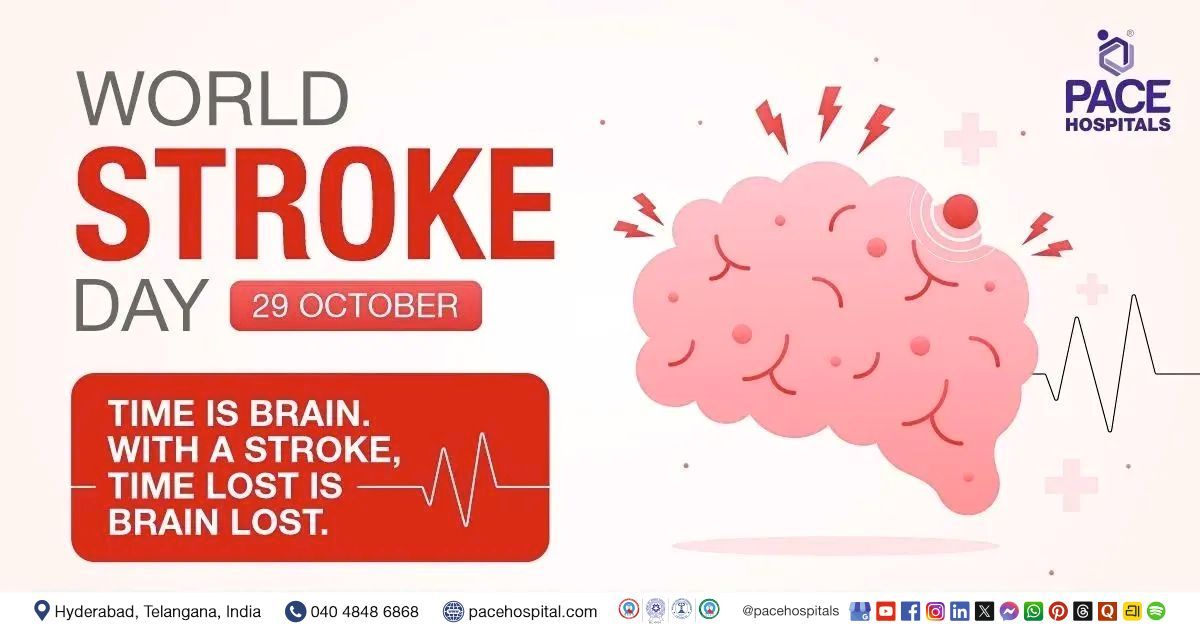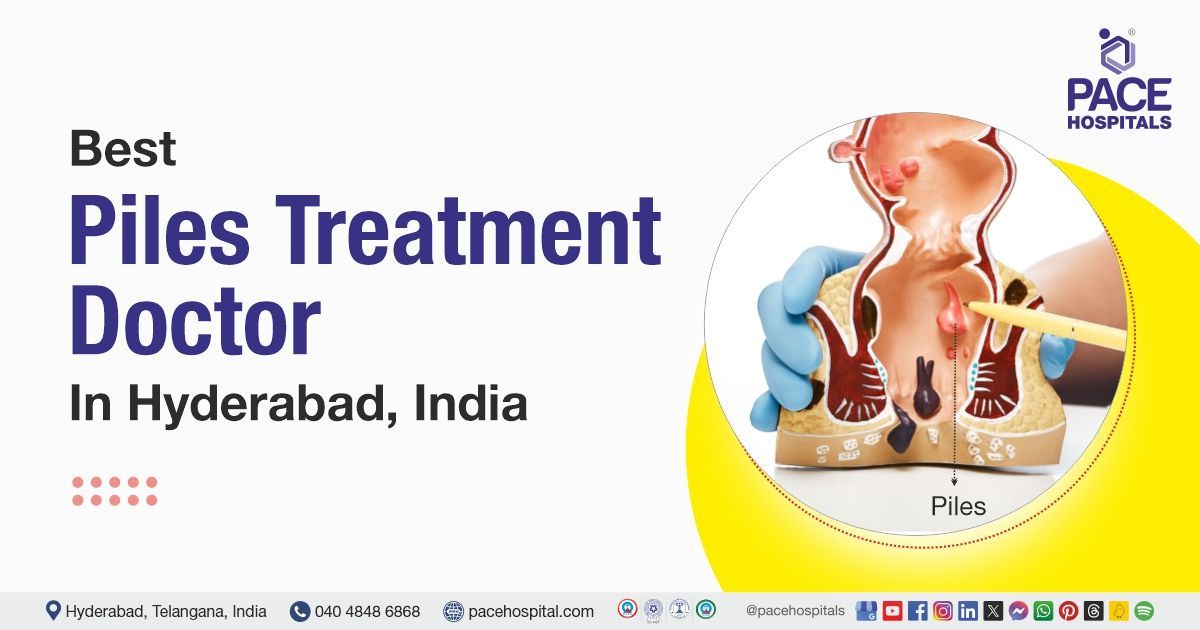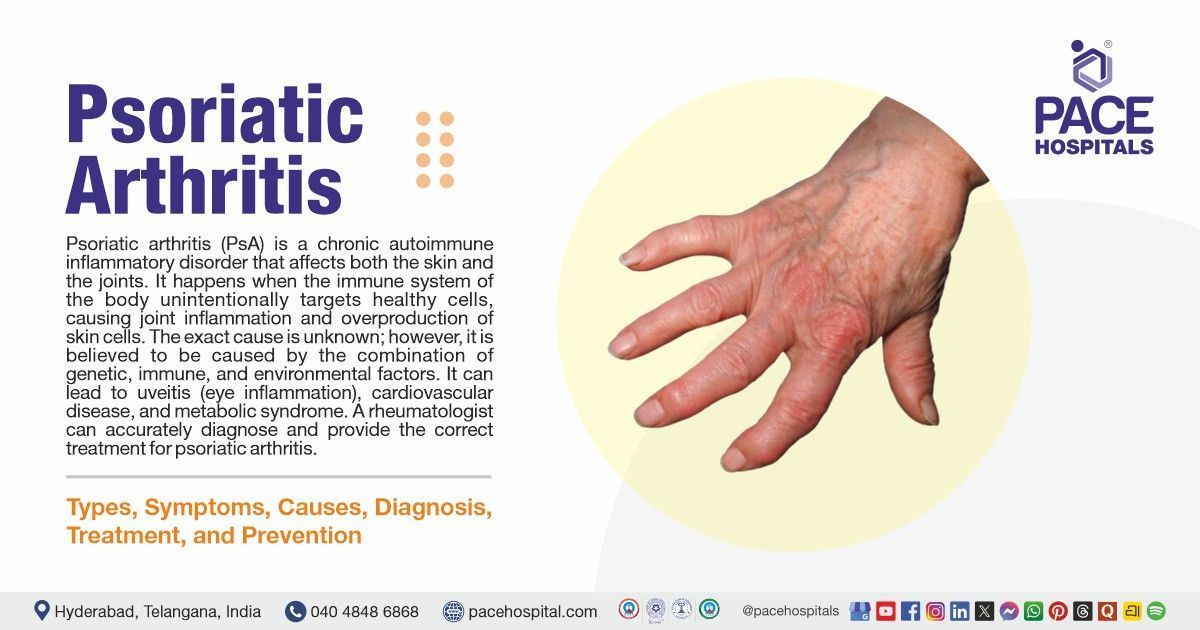Swine Flu - don't ignore it.
About 80 percent of swine flu (H1N1 virus) was caused by contamination through fomites and the rest spread through air-borne infection.
-------------------------------
What is swine flu?
-------------------------------
Influenza, commonly known as the “flu”, is an acute infection of the respiratory tract caused by influenza viruses. There are three types of seasonal influenza viruses – A, B and C. Influenza A viruses are further categorized into subtypes. Seasonal influenza epidemics can be caused by new virus strains that are antigenically distinct from previously circulating virus strains to which a population has immunity; this is known as antigenic drift.
-------------------------------
How it transmit?
-------------------------------
Influenza viruses are spread from person-to-person. They can be transmitted by exposure to infectious droplets expelled by coughing or sneezing that are then inhaled, or can contaminate hands or other surfaces. Most persons ill with influenza shed virus (i.e. may be infectious) from a few days before symptoms begin through 5-7 days after illness onset.
-------------------------------
Clinical features
-------------------------------
Infection with influenza viruses can give rise to a wide range of clinical presentations, ranging from asymptomatic infection to severe illness and death depending on the characteristics of both the virus and the infected person. In the majority of people, influenza is an uncomplicated illness which is characterised by sudden onset of constitutional and respiratory symptoms such as fever, myalgia, cough, sore throat, rhinitis and headache. Uncomplicated influenza illness resolves after 3-7 days although cough and malaise can persist for >2 weeks.
- Uncomplicated influenza: ILI (Influenza-like illness) may present with fever, cough, sore throat, coryza, headache, malaise, myalgia, arthralgia and sometimes gastrointestinal symptoms, but without any features of complicated influenza.
- Complicated/severe influenza: Influenza requiring hospital admission and/or with symptoms and signs of lower respiratory tract infection (hypoxaemia, dyspnoea, tacchypnoea, lower chest wall indrawing and inability to feed), central nervous system involvement and/or a significant exacerbation of an underlying medical condition.
-------------------------------
Risk factors for complicated/severe influenza:
-------------------------------
- Pregnant women(including the post-partum period)
- HIV–infected individuals
- Individuals with tuberculosis
- Persons of any age with chronic disease, including:
- Pulmonary diseases (e.g. asthma, COPD)
- Immunosuppression (e.g. persons onimmunosuppressive medication, malignancy)
- Cardiac diseases(e.g. congestive cardiac failure)
- Metabolicdisorders (e.g. diabetes)
- Renal disease
- Hepatic disease
- Certainneurologic and neurodevelopmental conditions, including: disorders of thebrain, spinal cord, peripheral nerve, and muscle such as cerebral palsy; epilepsy (seizure disorders); stroke; mentalretardation; moderate to severe developmental delay; muscular dystrophy; orspinal cord injury.
- Haemoglobinopathies(e.g. sickle cell disease)
- Persons aged ≥65 years
- Persons ≤18 years receiving chronic aspirin therapy
- Persons who are morbidly obese (i.e. BMI ≥40)[23]
- Young children (particularly <2 years of age)
-------------------------------
Prevention of influenza
-------------------------------
Influenza vaccination is the most effective method for prevention and control of influenza infection available currently. In general, influenza vaccines are most effective among children ≥ 2 years and healthy adults.
-------------------------------
Influenza vaccination
-------------------------------
Because of the changing nature of influenza viruses, WHO monitors the epidemiology of influenza viruses throughout the world. Each year recommendations about strains to be included in the vaccine for the following influenza season are made. Separate recommendations are made for the Southern and Northern Hemisphere vaccines each year.
Share on
Request an appointment
Fill in the appointment form or call us instantly to book a confirmed appointment with our super specialist at 04048486868












